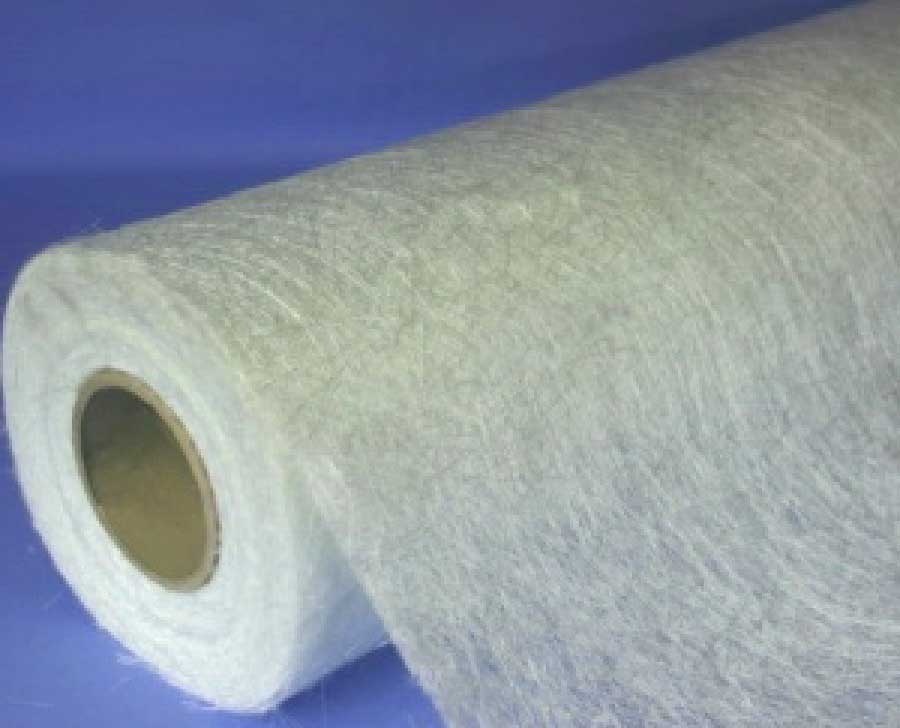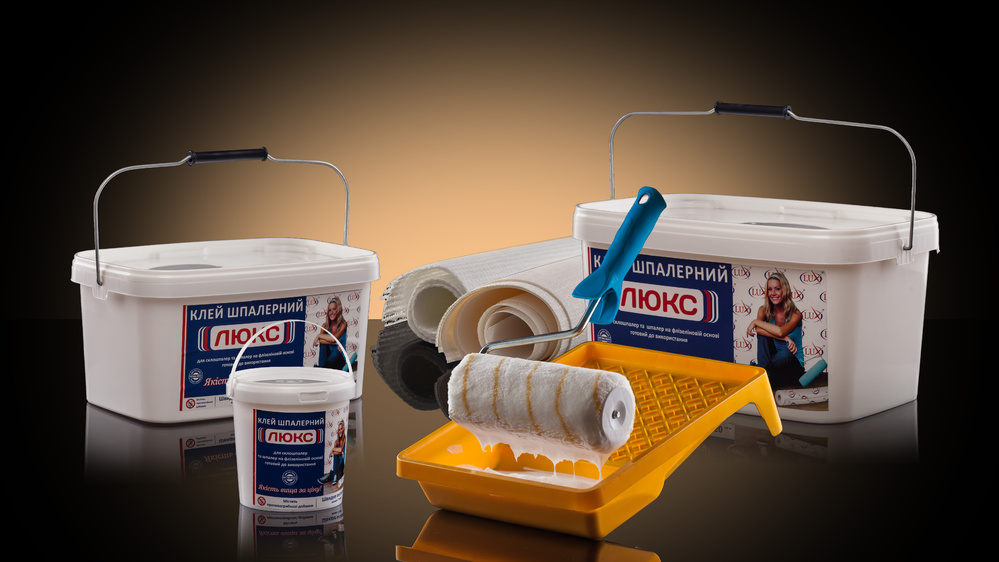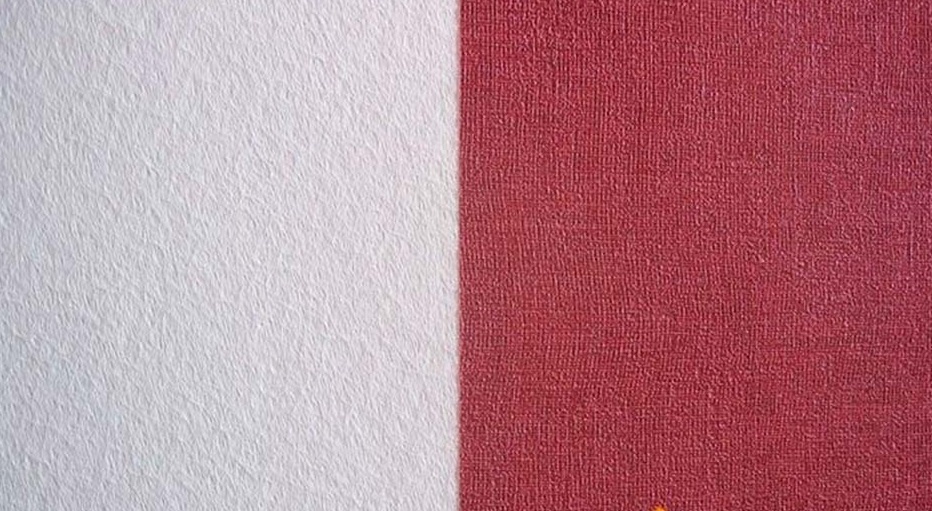How to glue a glass-fiber mat: guidelines on the right choice of adhesives and gluing technology
- What is it and what is it used for
- Glass-fiber mat properties and application
- The best fiber-glass mat adhesive
- Specific features of the fiberglass gluing technology
- The most common violations of the fiberglass gluing technology
Everyone knows what repair work usually involves. You have to choose building materials, wallpaper, adhesives, and this is an issue because the market offers a huge variety of building materials, on which the quality of renovation and its further durability depends.
Before you change your room's look, you have to prepare its base. So, we will tell you about an important thing in the renovation process, i.e. the glass-fiber mat.
What is it and what is it used for
A glass-fiber mat is solid non-woven fabric made of extruded fiberglass threads. It is an environmentally friendly product made of mineral threads and organic resins. This thin fabric is pattern-free, so you do not have to worry about seams or a pattern showing out under your wallpaper.

Glass-fiber is used indoors to reinforce materials in the finishing of wall and ceiling surfaces. It glues to any surface such as plastered wall, drywall, concrete and metal.
Glass-fiber mat properties and application
Glass-fiber advantages:
- prevents hair cracks;
- mold-resistant;
- highly durable and fire-resistant;
- chemically-resistant;
- humidity-resistant;
- easy to clean;
- re-paintable owing to its structure
Remember that fiber-glass wallpaper and a fiber-glass mat are different materials for different purposes. Fiber-glass wallpaper is a finishing decorative material. Fiber-glass mat is an auxiliary means for smoothing the irregularities on walls and the ceiling.
It is specially recommended for repair work in new buildings. In a few years, newly-built walls usually shrink, with cracks emerging. The plaster may crumble, and ordinary wallpaper will just tear apart and you will have to start anew your repairs. Therefore, we advise to use a fiber-glass mat to cover wall irregularities and their minor defects, and prevent molding.
The best fiber-glass mat adhesive
This fabric is quite thin, with its front side smoother to the touch, while the back side is rough. This structure provides better adhesion to any surfaces.
Although a fiber-glass mat can be readily glued on, choosing the proper adhesive is critical. When choosing it, pay attention to its properties. It has to be suitable for gluing fiber-glass.
After drying up, there should be enough adhesive to sustain several layers of building materials: a fiber-glass mat, two layers of finishing putty and paint. Ready-to-use dispersion wallpaper glue is perfect for this purpose, as its chemical
composition is resistible to additional putty and paint moisture, and it is easily applied and highly adhesive.
To preserve the durability of glued surfaces, the adhesive must contain at least 15% of polymer. Its lower percentage reduces adhesive’s durability, so under the weight of putty and paint the fiber-glass may start peeling off, creating swellings and air bubbles.
For more information and to order the best fiber-glass mat glue, click here . We sell ready-to-use Lux wallpaper glue in 1, 5 and 10 kg containers. Our specialists will help to calculate the required amount of glue for your fiber-glass mat. The quality of Lux wallpaper glue is much higher than its affordable price. Check the glue price on the website by filling out a feedback form or by calling us on the phone. We deliver free-of - charge throughout Ukraine.

Specific features of the fiberglass gluing technology
Mind that while cutting fiber-glass small fiber particles can hurt your hands, so you must work with fiberglass in gloves to avoid catching splinters, getting cuts, and itching. We recommend wearing safety glasses. Also, you may accidentally inhale particles, so it is advised to wear a special mask.
Fiberglass is easy to glue. Clean the surface from dust and dirt. Prime the walls with Lux glue in the ratio of 1:2 (glue and water). If the walls are sheathed with gypsum plasterboard, the seams must be perfectly plastered. Glue fiber-glass so that the seams stay in the middle, to avoid matching with its joints.
Apply a dense layer of glue to the wall over the entire surface, so that the entire fiber- glass mat is impregnated with glue. You need not apply glue on the fiber-glass. Attach it to the wall and straighten up with a roller to avoid folds. Make cuts in the corners to prevent air bubbles. Remove excess glue with a spatula.
After gluing, treat the fiberglass surface with glue once again. For at least 24 hours, it is strongly recommended to avoid drafts until the walls are completely dry. The next step is to prime the surfaces and apply finishing putty. The final stage is decorating the walls with wallpaper or paint.

The most common violations of the fiberglass gluing technology
- The recommended room temperature is not observed. When gluing fiberglass, the room temperature should be maintained at +10 to +30°C.
- Glue is excessively diluted with water, resulting in loss of adhesion.
- Cheap finishing putty is used. Cheap putty contains a large amount of sand and a small amount of base material, which will increase the load on the glue twice.
- After gluing fiberglass, builders do not wait for it to dry completely and begin to putty and paint wet surfaces. Wait at least 24 hours before proceeding with other work.






